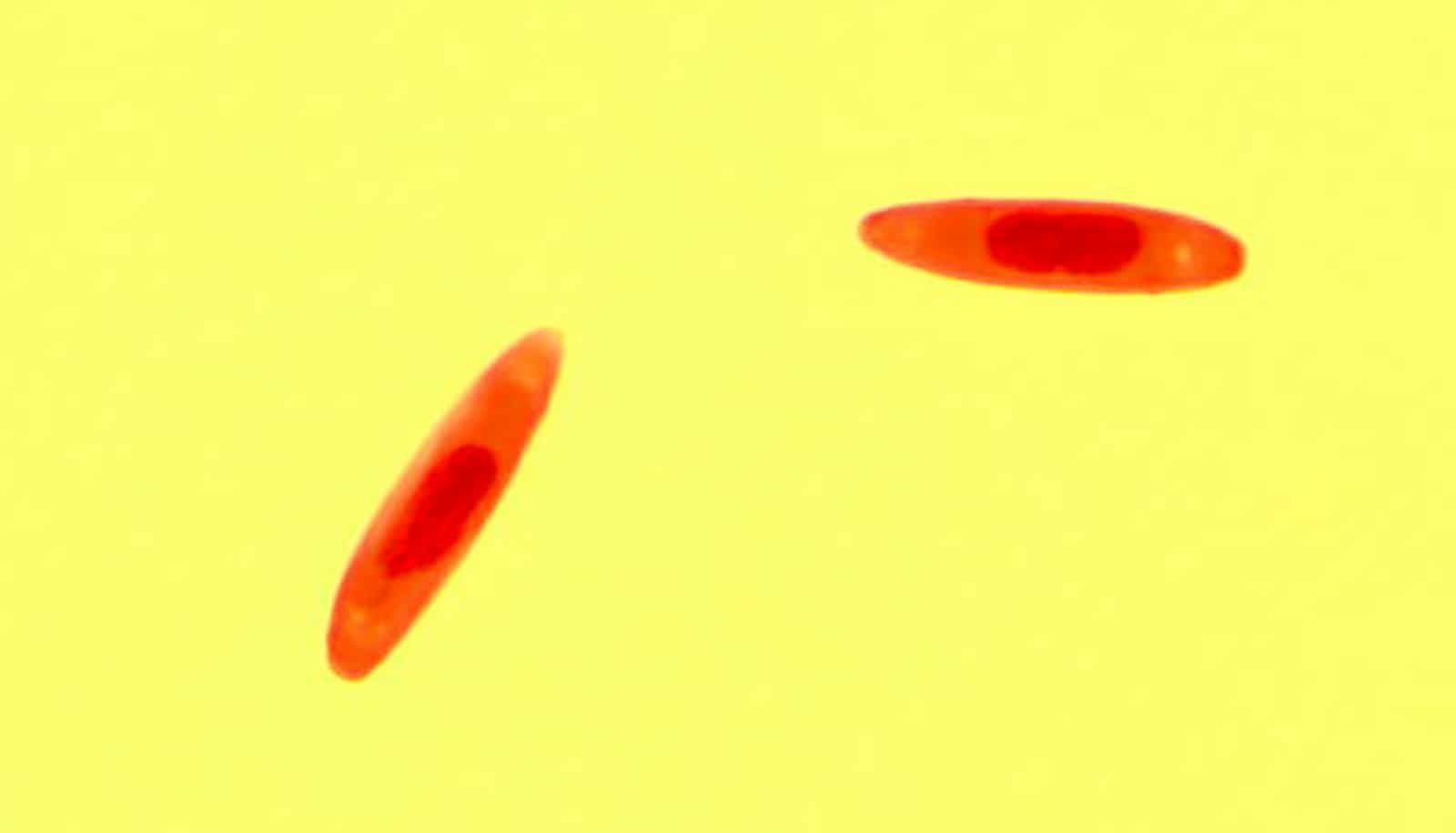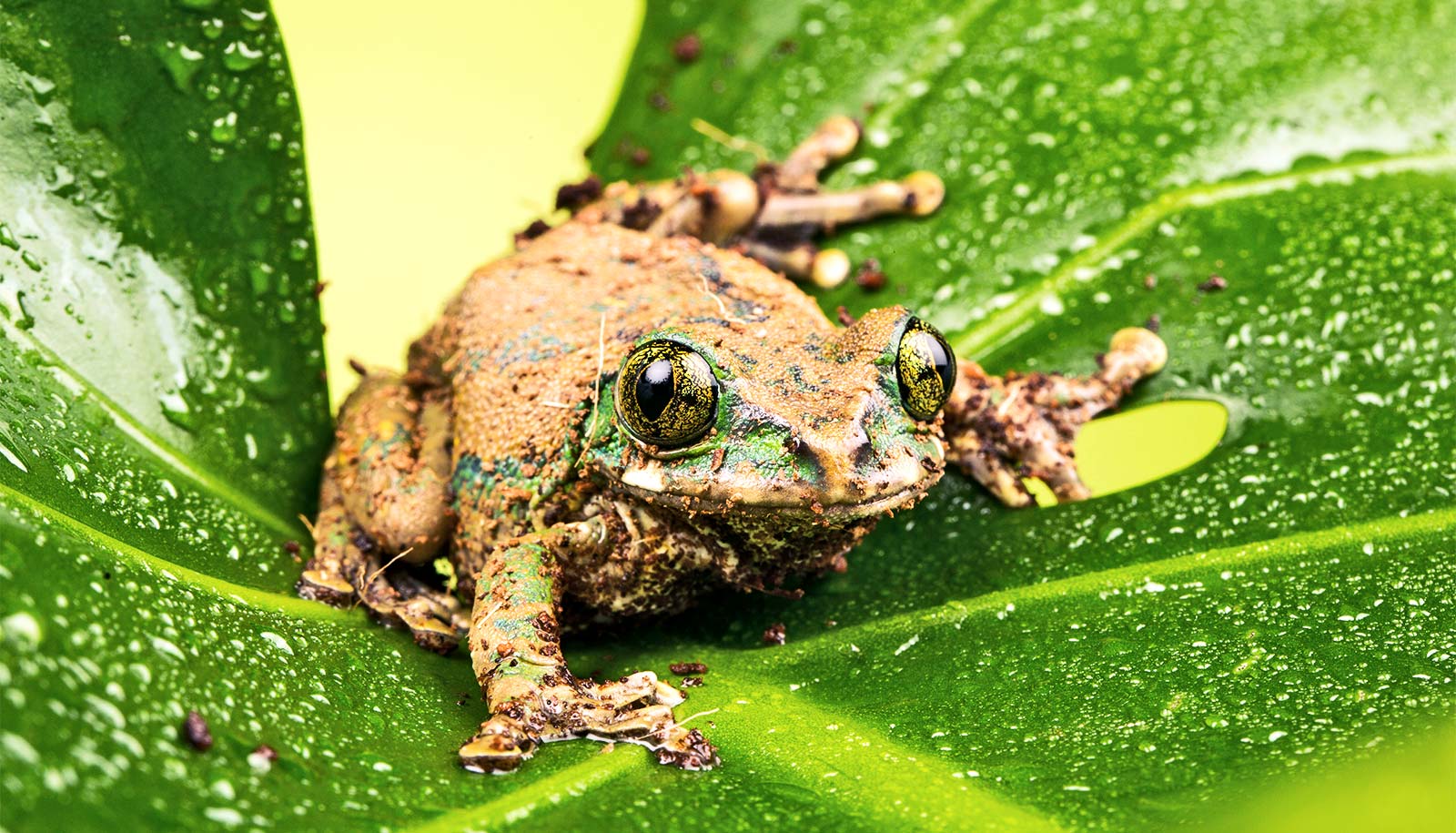Researchers have discovered two new fungal species that devour flies from within.
Researchers found both fungi in the Capital Region of Denmark. They found Strongwellsea tigrinae in Jægerspris and Strongwellsea acerosa, on the island Amager.
“This is an exciting and bizarre aspect of biodiversity…”
The fungi infect two Danish fly species (Coenosia tigrina and Coenosia testacea). As they do, they create a large hole in the abdomen of their infected hosts. The flies buzz around for days as they release fungal spores into the air from this hole and they drift onto new victims. If, for example, a fly comes by to mate, it risks becoming infected.
The fungi are nourished from within the rear segments of flies’ bodies right up until the end. After a few days, the fly lies on its back and spasms in its final hours of life.

“This is an exciting and bizarre aspect of biodiversity that we have discovered in Denmark,” says Jørgen Eilenberg, a professor in the plant and environmental sciences department at the University of Copenhagen and the Natural History Museum of Denmark.
“In and of itself, this mapping of new and unknown biodiversity is valuable,”
Eilenberg says. “But at the same time, this is basic new knowledge that can serve as a basis for experimental studies of infection pathways and the bioactive substances involved.”
The fungal parasites probably only infect a small percentage of these two fly species, which, ironically, live by predating other flies. These fungi survive the stresses of winter with the help of their thick-walled, orange or yellow resting spores. The researchers believe that these resting spores germinate in spring and infect flies as they become active.
“It is fascinating how the life cycles of these fungi are so well adapted to the lives of the flies they target,” says Eilenberg.
The ability of these fungi to keep flies fresh enough to buzz around for days while being eaten from within has raised speculation among the researchers that the fungi may be producing substances which “dope” their hosts. Research into other types of fungi, that infect cicadas, suggests that amphetamine-like substances may be at play.
“We suspect therefore that these fungi may produce amphetamine-like substances which keep a fly’s energy level high up until the end. At the same time, we have a theory that the fungi also produce substances which keep microorganisms away from the fly’s fungal wound.
“We would definitely like to continue our research, as doing so has the potential to discover and later make use of these substances, perhaps in medicine,” says Eilenberg.
The research appears in the Journal of Invertebrate Pathology.
Source: University of Copenhagen



